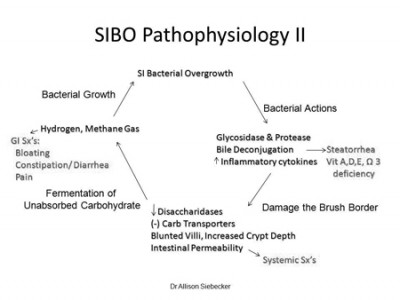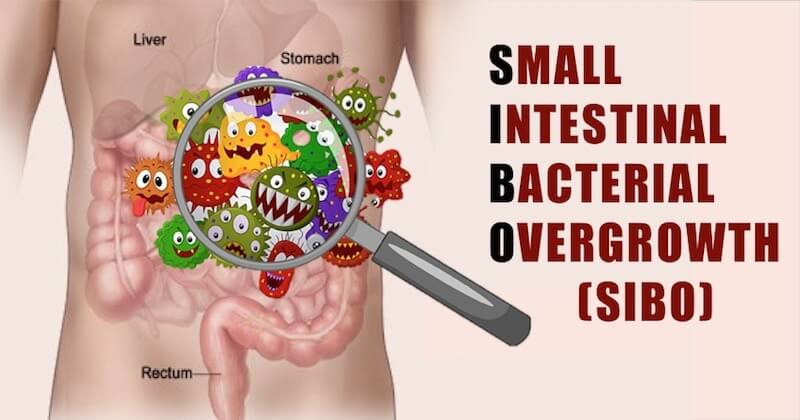

- #Small bowel bacterial overgrowth treatment trial#
- #Small bowel bacterial overgrowth treatment free#
P value b b P value refers to the significance of the symptom in patients with a positive test for SIBO vs. Those that have, suggest that the most common symptom caused by SIBO is diarrhoea, followed by abdominal pain and then bloating (Table 2). There are few studies, which have focused on identifying the predominant clinical symptoms in patients with SIBO.

Patients with SIBO may be clinically asymptomatic or have symptoms that fit the diagnostic criteria of irritable bowel syndrome (IBS).
#Small bowel bacterial overgrowth treatment free#
Search terms included free text words and combinations of the following terms ‘small intestinal bacterial overgrowth’, ‘small bowel bacterial overgrowth’, ‘diagnostic tests’, ‘treatment’, ‘antibiotics’, ‘probiotics’, ‘metabonomics’, ‘proton nuclear magnetic resonance spectroscopy’, ‘electronic nose’ and ‘field asymmetric ion mobility spectrometry’. The search was not date-restricted but was limited to abstracts and articles published in English. Literature searchĪ literature search was performed using the MEDLINE, EMBASE and Web of Science databases. Two or three of these techniques are often combined for a more robust approach.
#Small bowel bacterial overgrowth treatment trial#
glucose and lactulose) the third uses the symptomatic response to a trial of antibiotics. There are three common approaches towards diagnosing the condition: the first is the traditional approach of classifying it in quantitative terms in a microbiological context the second is the breath testing technique using carbohydrates (e.g. If these bacteria are eradicated by antibiotics, then the symptoms resolve.

3 To date, it is only intestinal overgrowth with microbiota that commonly colonise the colon (mainly Gram-negative, strict anaerobes and Enterococci) that is clearly linked to a pathological state characterised by abnormal GI symptoms. Some authors suggest that the presence of upper respiratory bacteria in SIBO is clinically significant, but the presence of these organisms is not clearly associated with abnormal GI symptoms. 1 However, many patients with a wide range of GI conditions and symptoms have increased bacterial counts in the small intestine compared with healthy controls and older age also correlates with rising counts of small intestinal strict anaerobes, although total bacterial counts generally remain below 10 5 CFU/mL. The most commonly cited definition is quantitative: 10 5 or more colony-forming units per millilitre (CFU/mL) of bacteria grown from a small intestinal aspirate. As a result, its true prevalence and relationship with other clinical disorders remain uncertain. There is no consensus as to a definition for SIBO. Novel diagnostic options are needed to supplement or replace available tests. Proton nuclear magnetic resonance spectroscopy, electronic nose technology and/or field asymmetric ion mobility spectrometry may represent better investigative options for the condition. Accurate diagnosis of SIBO requires identification of bacterial species growing inappropriately within the small intestine and symptom response to antibiotics. ResultsĪll of the available methods to test for SIBO have inherent limitations and no ‘gold-standard’ diagnostic test for the condition exists. MethodsĪ literature search was performed on MEDLINE, EMBASE and Web of Science for English articles and abstracts. To review the diagnostic options for SIBO and present new investigative options for the condition. The symptoms and signs of small intestinal bacterial overgrowth (SIBO) are often identical to a variety of diseases and can lead to diagnostic confusion.


 0 kommentar(er)
0 kommentar(er)
